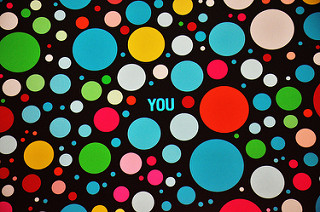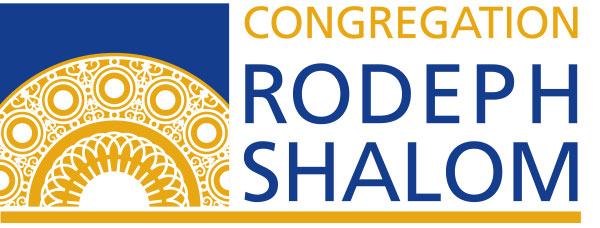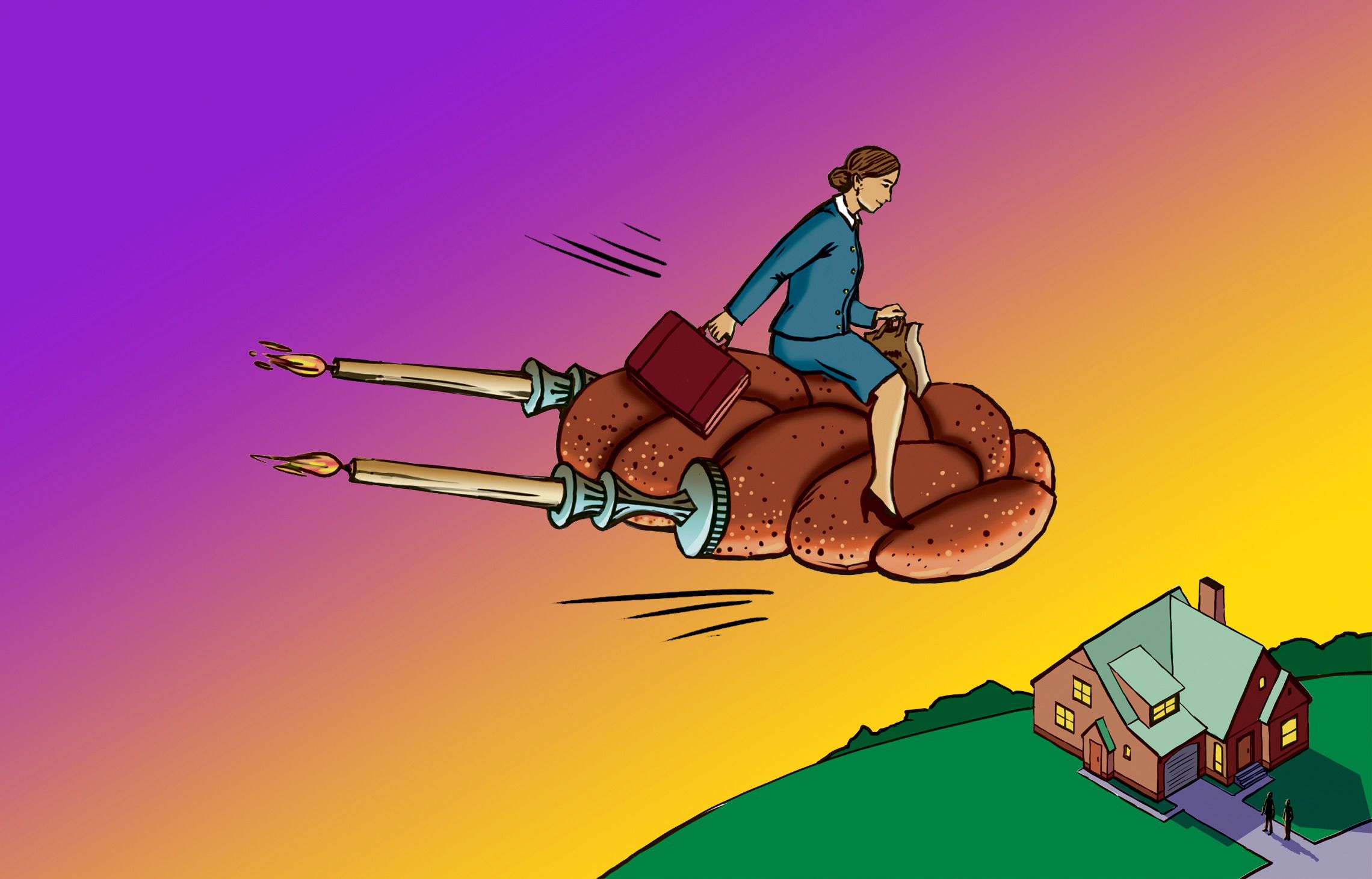 To what degree do you feel like you live in a bubble of people who are just like you? How often do you encounter people who challenge your assumptions, stretch your understanding?
To what degree do you feel like you live in a bubble of people who are just like you? How often do you encounter people who challenge your assumptions, stretch your understanding?
In his article, “How 26 Tweets Broke My Filter Bubble,” B.J. May writes “I live in a small town in Middle America. My closest coworkers are all men, all heterosexual, all white.
I had never given this filter bubble much thought, really. But as I increased my consumption of Twitter to better keep up on tech topics, I began to feel uneasy. There were clearly lots of diverse voices in the industry. Women talked about the wage gap, about sexism in the workplace. Black developers posted highly upsetting accounts of bias. People all over my industry were sharing stories of injustice and hatred, of unfair treatment and outright abuse.
I struggled to make sense of it all. I didn’t feel like I had experienced or seen any of these terrible things.Continue reading



